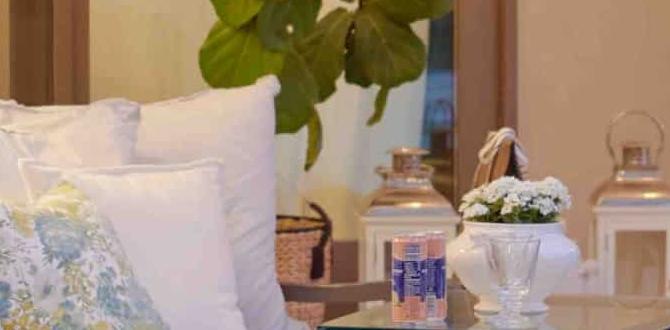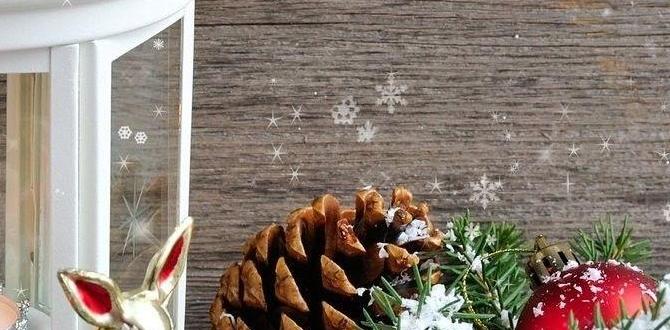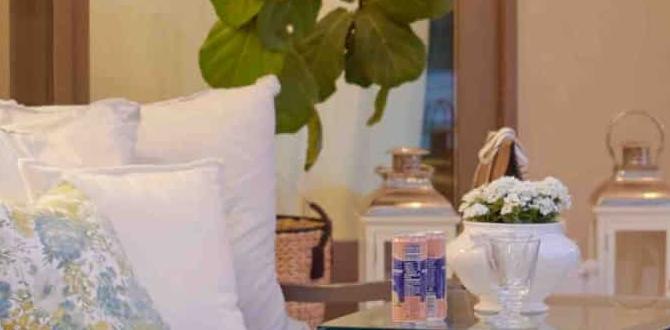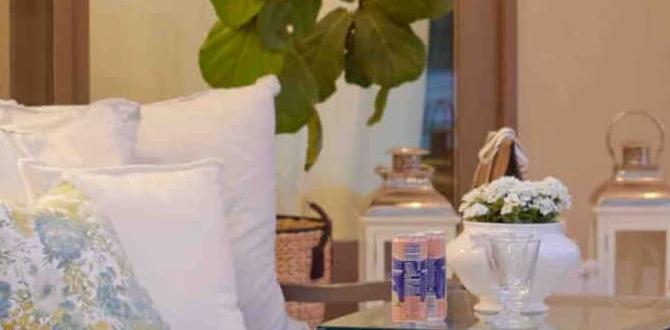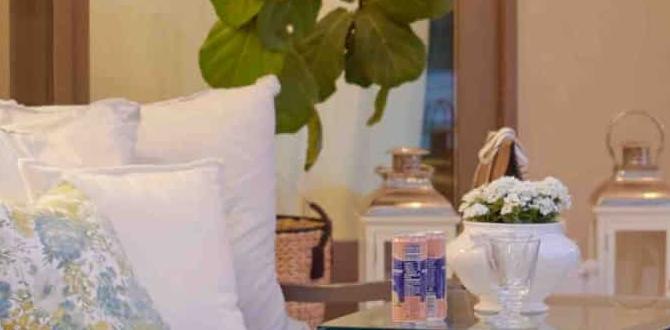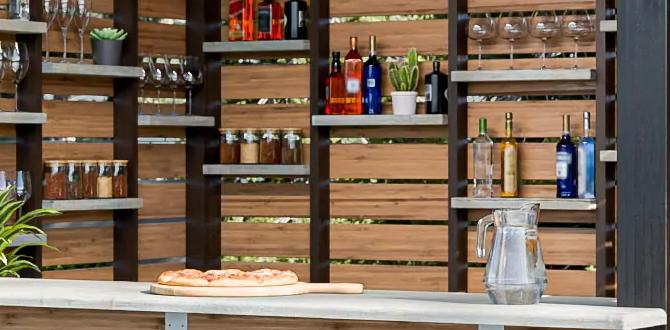As gardeners, we have the unique opportunity to create beautiful and vibrant outdoor spaces and support and protect our local ecosystems.
One crucial way to do so is by planting flowers that attract and provide nourishment for our pollinator friends, specifically bees. Not only do bees play a vital role in the production of many of our favorite foods, but they are also essential for the health and diversity of our environment.
In recent years, bee populations have been declining due to habitat loss and pesticide use, making creating bee-friendly gardens more important than ever. With the wide variety of flowers available, knowing which ones are best for attracting and supporting bees can be overwhelming.
We will explore the best flowers for bees to plant in your gardens, considering factors such as bloom time, flower shape, and nectar production. By incorporating these flowers into your garden, you can create a visually stunning landscape and positively impact the well-being of our precious pollinators.

Types Of Flowers Bees Like
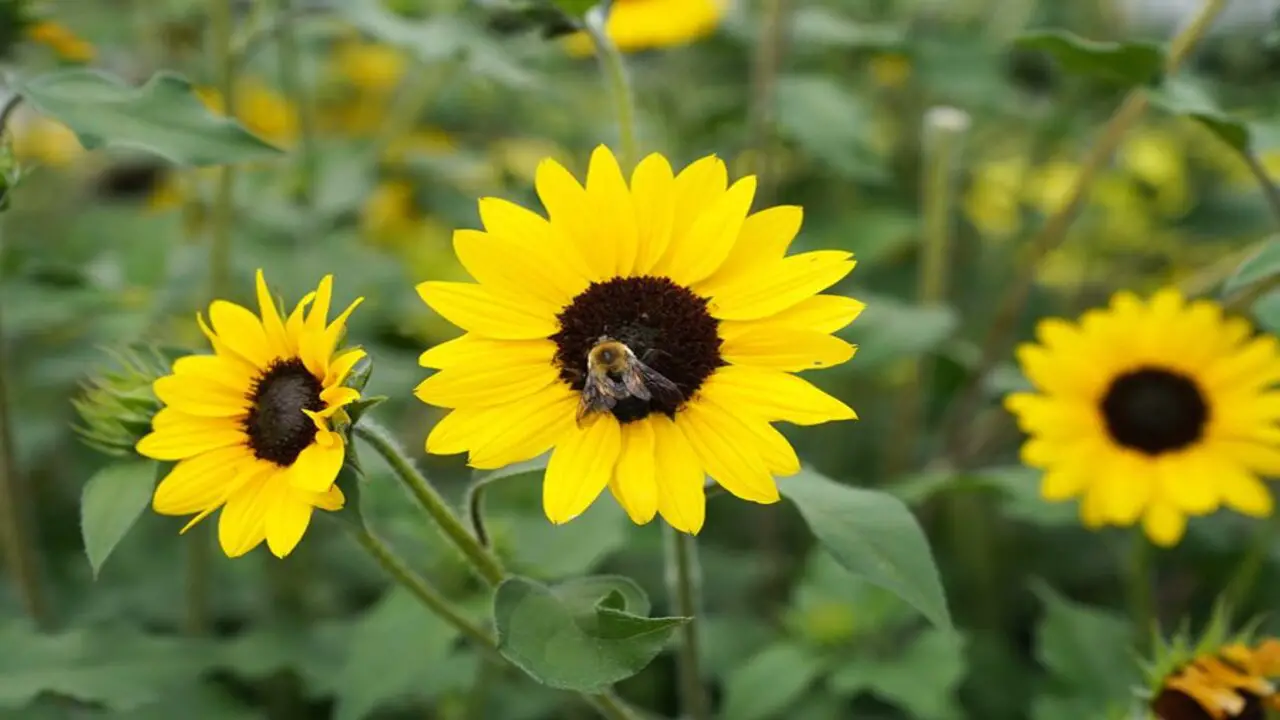
When it comes to attracting bees to your garden, incorporating these types of flowers into your garden can create a bee-friendly environment that supports their important role as pollinators. There are several types of flowers that they are particularly fond of. Here are some examples:
- Lavender: Bees are attracted to lavender flowers’ sweet scent and vibrant purple color.
- Sunflowers: The large, pollen-rich heads of sunflowers are a favorite among bees.
- Marigolds: These colorful flowers attract bees and repel pests, making them a great addition to any garden.
- Coneflowers: Bees are drawn to the nectar-rich centers of coneflowers, which also provide a pop of color in your garden.
- Wildflowers: Planting a mix of native wildflowers can provide a diverse food source for bees throughout the season.
10 Best Flowers For Bees To Plant In Your Gardens
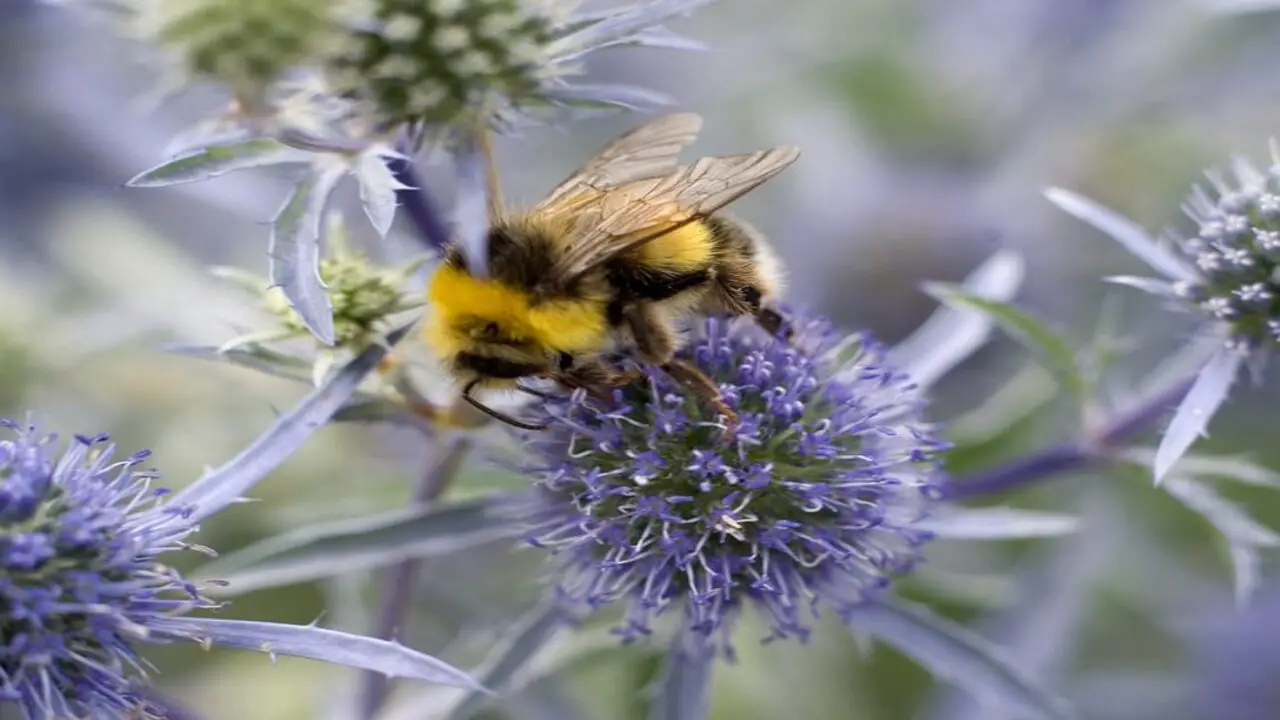
Planting flowers that are bee-friendly is crucial in supporting the declining bee population. These flowers provide much-needed nectar and pollen for bees, acting as important pollinators. Opting for native plants ensures a natural habitat for bees to thrive in.
It’s also essential to choose flowers that bloom throughout the growing season, providing a continuous food source for bees. Including various flower colors and shapes in your garden is a great way to attract different types of bees. Here are 10 of the best flowers for bees to plant in your gardens:
1.Bee Balm
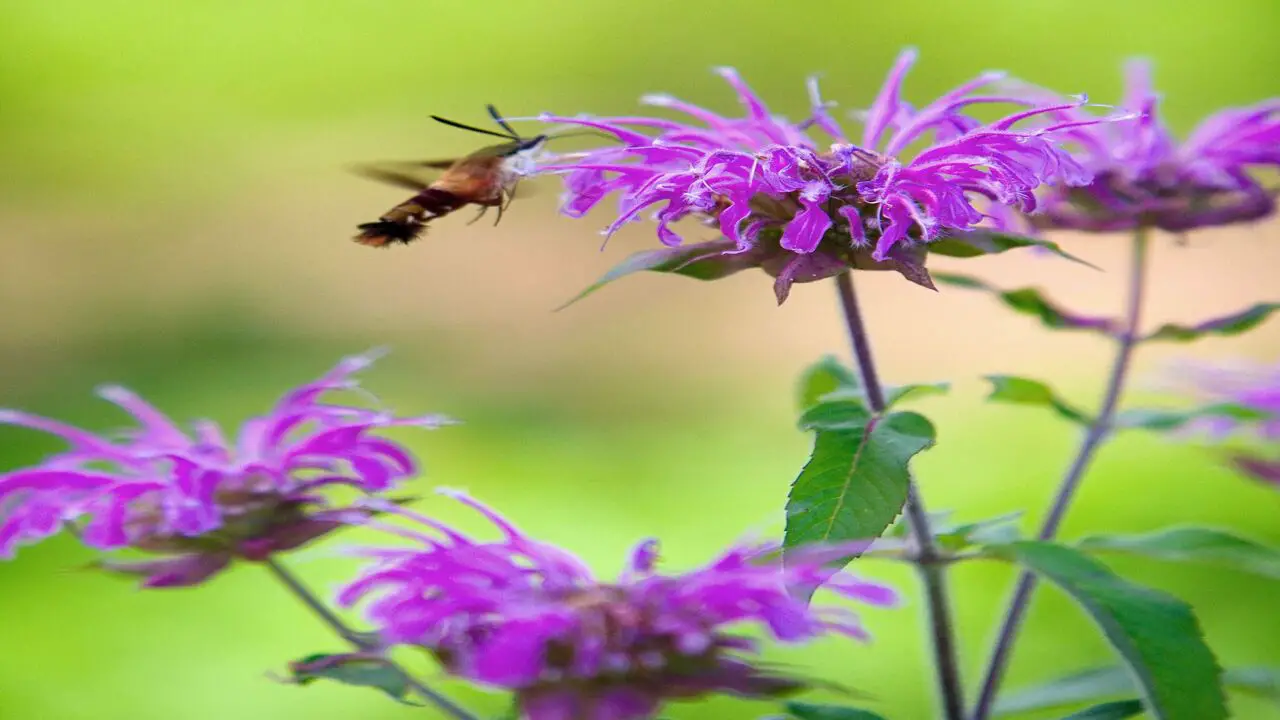
Bee balm, with its vibrant purple flowers, is a beloved choice among bees. This versatile plant thrives in full sun and attracts beneficial insects, making it a great option for herb and flower gardens. By planting bee balm in late spring, you can ensure beautiful blooms throughout the summer, providing a nectar-rich food source for bees.
Incorporating bee balm into your garden adds beauty and supports pollinator friends like honey bees and mason bees. With its spikes of blue flowers and attractive foliage, bee balm is a bee-friendly plant that gardeners can rely on to attract buzzing visitors.
2.Blue Globe Allium
Blue globe alliums, with their distinctive round flower heads, are highly attractive to bees. Blooming in late spring and early summer, these native plants are a great choice for gardeners. They prefer partial shade but can tolerate full sun, making them versatile and adaptable to different garden environments.
The long-lasting blooms of blue globe alliums serve as a reliable food source for bees, attracting native species to your garden. Including them in your flower beds or herb garden is a wonderful way to support pollinator friends and enhance the beauty of your outdoor space.
3.Oriental Poppy
Oriental poppies are a delightful addition to any garden, attracting many buzzing pollinators, including bees. These show-stopping perennial flowers bloom in late spring and early summer, adding vibrant colors to your landscape. With their preference for full sun and well-drained soil, oriental poppies thrive in various garden settings.
Bees are particularly drawn to the large, showy flowers of oriental poppies, as they provide ample nectar for these important pollinators. By including oriental poppies in your garden, not only do you enhance its beauty, but you also contribute to the well-being of bee populations.
4.Coneflower
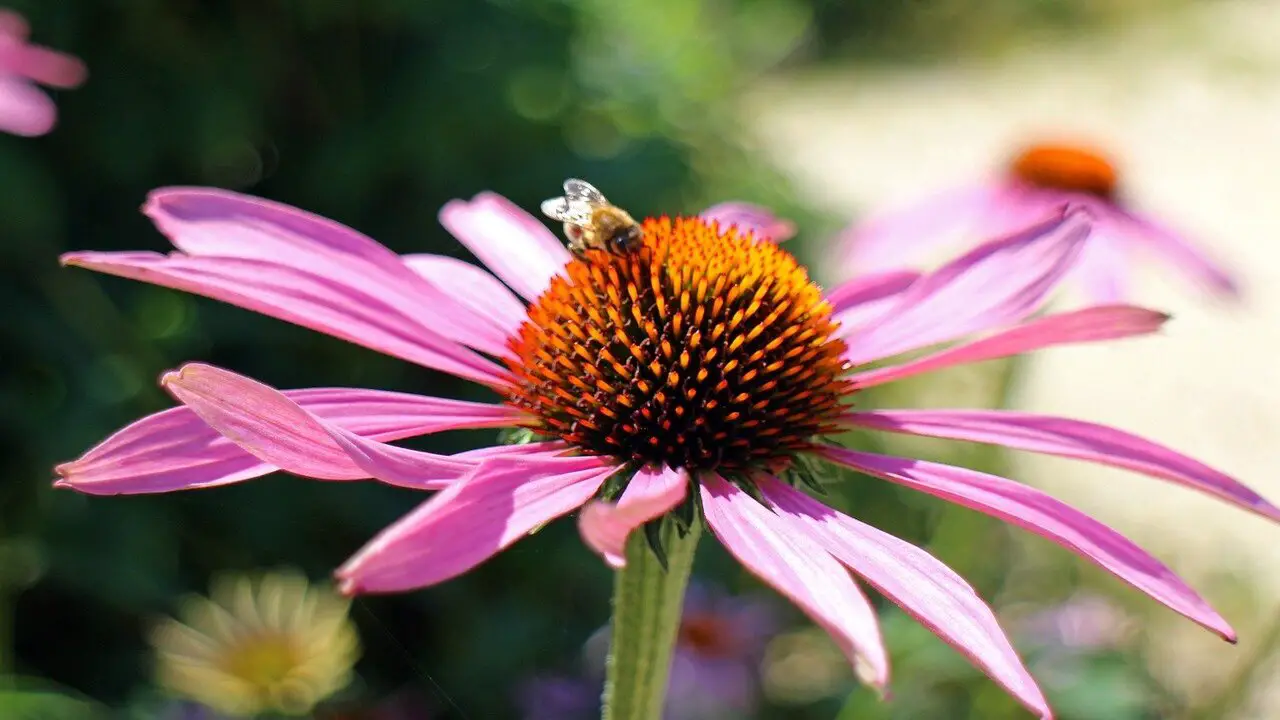
Coneflowers, with their daisy-like blooms, are highly favored by bees. These native wildflowers bloom from late spring to late summer, making them an excellent option for providing continuous food for bees.
They thrive in full sun and well-drained soil, making them a great choice for various gardening environments. Additionally, the spiky seed heads of coneflowers serve as a valuable source of food for birds and bees alike. By including coneflowers in your garden, you’ll attract bees and a wide variety of pollinators.
5.Great Blue Lobelia
With its stunning blue flowers, great blue lobelia is a favorite among bees, mason bees, and honey bees alike. This native plant thrives in partial shade and moist soil. From late summer to early fall, great blue lobelia’s tubular flowers are a great option for attracting hummingbirds and bees.
making it a great choice for gardeners looking to create a pollinator-friendly herb garden or flower beds. Including this beautiful native flower in your garden adds color and interest and provides a valuable food source for your pollinator friends.
6.Catmint
Catmint, a perennial herb with fragrant purple flowers, is a bee’s delight. It thrives in full sun and well-drained soil, making it a great choice for herb gardens and flower beds. From late spring to early summer, catmint’s nectar-rich flowers attract honeybees and bumblebees, serving as a valuable food source for these pollinator friends.
Including catmint in your garden adds beauty and supports bee populations. So, consider planting catmint in your gardens to create a buzz among bees and enhance the biodiversity of your space.
7.Lavender
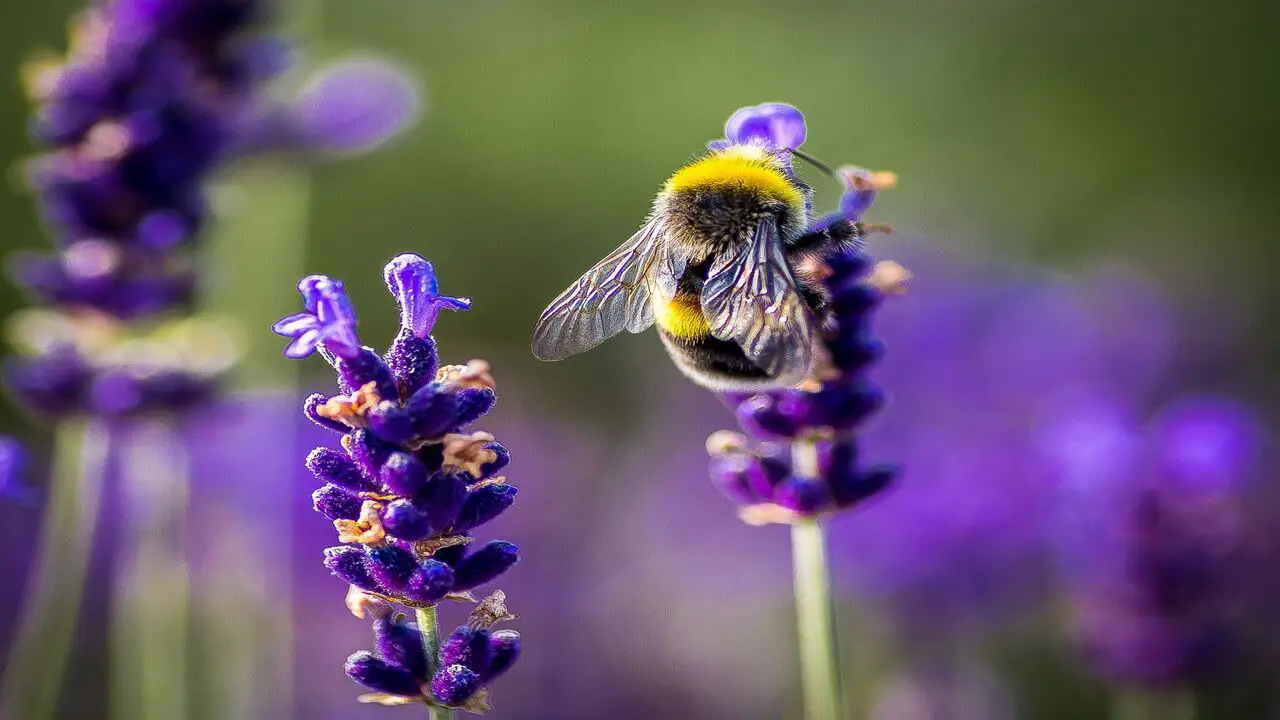
Lavender, known for its captivating purple blooms and soothing scent, is a popular choice among bees. This perennial herb thrives in full sun and well-drained soil, making it a great option for herb gardens and flower beds. With its abundant nectar, lavender attracts bees and butterflies, enhancing your garden’s ecosystem.
The spikes of blue flowers add beauty to your landscape while providing a valuable food source for pollinators like mason bees and honey bees. Including lavender in your garden is a wise choice to create a vibrant haven for these important pollinator friends.
8.New England Aster
With their vibrant purple flowers, New England asters are a favorite of bees. These native wildflowers bloom in late summer and early fall, providing a valuable food source for bees. They prefer full sun and well-drained soil, making them a great choice for flower beds or even ground covers in your garden.
The late-blooming flowers of New England asters ensure that bees have access to essential nectar even as the season transitions to fall. You are creating a haven for bees and other pollinator friends by including New England asters in your garden.
9.Chives
Chives, with their delicate purple flowers, attract bees and other pollinators. Thriving in both full sun and partial shade, chives bloom from late spring to early summer. The tiny flowers of chives provide nectar, making them a great choice for your herb garden or flower beds. Supporting bee populations while adding flavor to your dishes, chives are a valuable addition to any garden. So, consider planting chives to create a buzz among your pollinator friends.
10.Sunflower
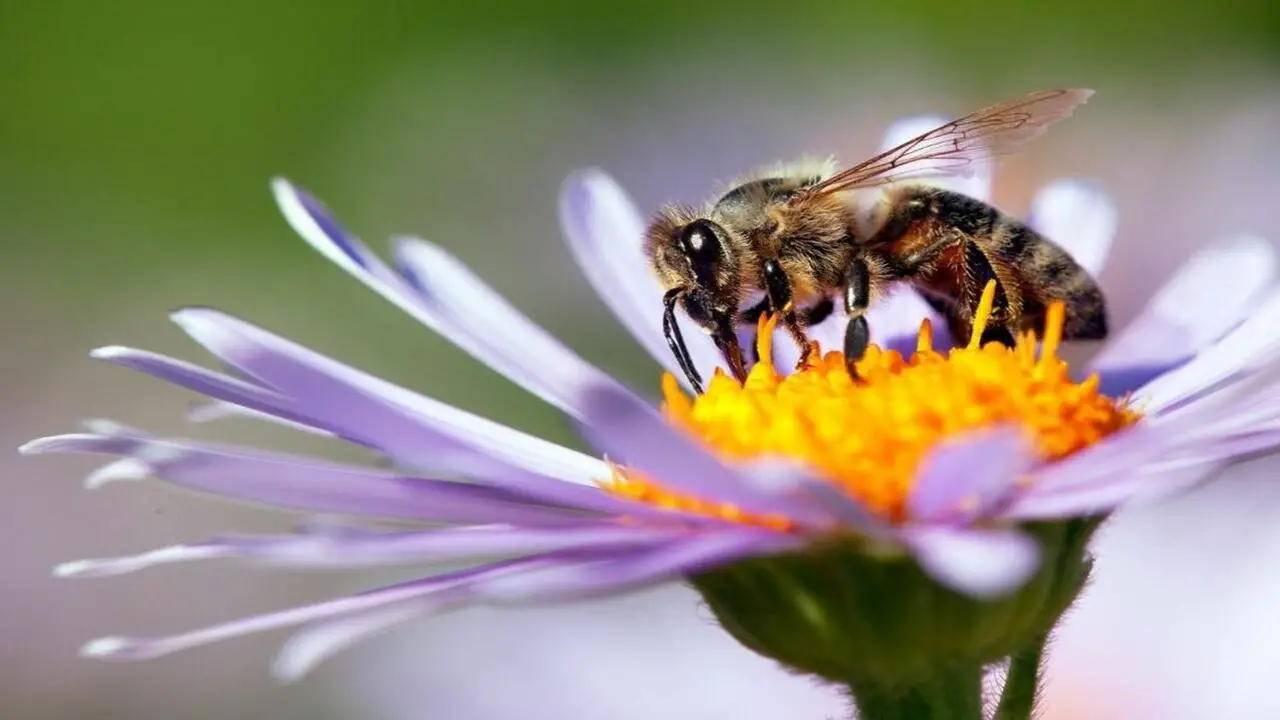
Sunflowers, with their bright yellow petals and abundant pollen, are a great choice for attracting bees to your garden. These flowers provide a plentiful food source for bees with large flower heads. Sunflowers bloom during the warmer months, ensuring a steady supply of nectar for bees throughout the growing season.
Planting sunflowers can contribute to pollinator conservation efforts and support bee populations. Additionally, sunflowers are easy to grow and add a beautiful touch to any garden. Incorporating sunflowers into your herb garden or flower beds is a fantastic way to create a pollinator-friendly environment.
Benefits Of Planting Flowers For Bees
Planting flowers for bees in your gardens can have numerous benefits, both for the bees and your garden ecosystem. Here are some key benefits of planting flowers for bees:
- Pollination: Bees are crucial in pollinating plants, including many fruits, vegetables, and nuts we rely on for food. By attracting bees to your garden with a variety of flowers, you can help ensure successful pollination and increase the yield of your crops.
- Biodiversity: Planting a diverse range of flowers helps support a healthy bee population by providing them with various nectar and pollen sources. This promotes biodiversity in your garden and creates a more resilient ecosystem.
- Beauty: Flowers benefit bees and add beauty to your garden. By selecting a mix of colors, shapes, and sizes, you can create an aesthetically pleasing landscape that attracts bees and human admirers.
- Education: Planting flowers for bees provides an opportunity to educate yourself and others about the importance of pollinators in our environment. Observing bees in action can be fascinating and spark curiosity about the natural world.
- Conservation: By supporting bee populations through flower planting, you contribute to the conservation efforts to protect these important pollinators. Bees worldwide are facing numerous threats, including habitat loss and pesticide exposure. Your garden can become a haven for bees and contribute to their survival.
By planting flowers for bees in your gardens, you create a beautiful space and play a vital role in supporting bee populations and promoting a healthy ecosystem.
Tips For Planting A Bee-Friendly Garden
Creating a bee-friendly garden benefits the bees, your garden, and the environment. Here are some tips to help you plant a garden that attracts and supports bees:
- Choose native plants: Native plants are well-suited to the local climate and provide ample nectar and pollen for bees.
- Provide a variety of flowers: Bees are attracted to different flower shapes, sizes, and colors. Plant a diverse range of flowers to attract various bee species.
- Plant in clusters: Bees prefer to forage in one area rather than traveling long distances between flowers. Planting flowers in clusters will make it easier for bees to find and access them.
- Opt for single-petal flowers: Single-petal flowers with easily accessible nectar and pollen are preferred by bees over double-petal varieties.
- Avoid pesticides: Pesticides can harm bees, so it’s best to use natural pest control methods or opt for organic gardening.
By following these tips, you can create a vibrant and bee-friendly garden that will provide a valuable food source for these important pollinators.
How To Attract More Bees To Your Garden
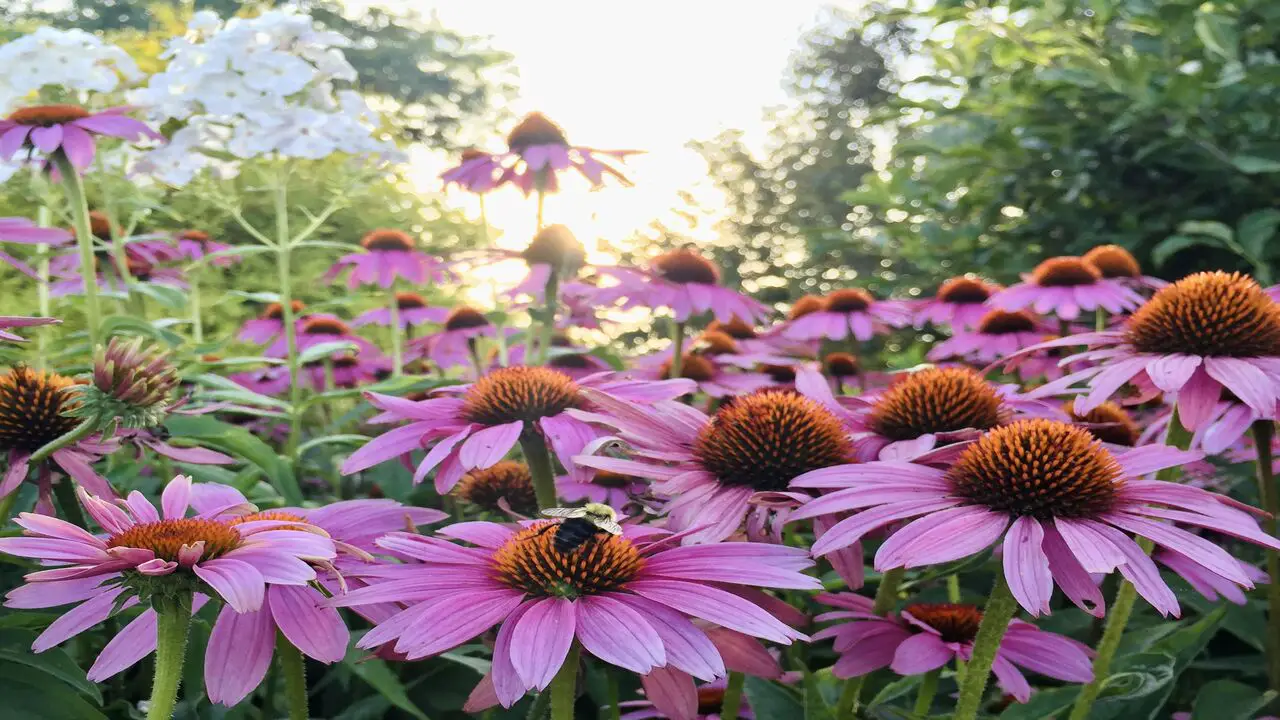
Attracting bees to your garden is not only beneficial for the bees but also for your plants and flowers. Bees are important pollinators and play a crucial role in the reproduction of many plant species. To attract more bees to your garden, consider planting a variety of flowers that are known to be attractive to bees.
Some of the best flowers for bees include lavender, sunflowers, bee balm, and coneflowers. These flowers have vibrant colors and produce nectar and pollen that bees find irresistible. Also, avoid using pesticides in your garden, which can harm bees. By creating a bee-friendly environment in your garden, you can help support these important pollinators and enjoy the beauty of a buzzing garden.
Conclusion
To sum up, planting bee-friendly flowers adds beauty to your garden and helps conserve these vital pollinators. By including flowers such as bee balm, lavender, and sunflowers in your garden, you provide a rich source of nectar and pollen for bees to thrive.
Additionally, planting various flowers that bloom throughout the seasons ensures a continuous food supply for bees. Avoid using pesticides to attract more bees to your garden and create areas with water sources and shelter. By taking these steps, best flowers for bees to plant in your gardens, you create a vibrant and colorful garden and contribute to the well-being of our essential pollinators.
Frequently Asked Questions
1.What Flowers Attract Bees For Gardens?
Ans: Some flowers that attract bees for gardens are lavender, sunflowers, cosmos, and zinnias. Bees are attracted to brightly colored flowers with a sweet fragrance. It is best to plant flowers that bloom in spring and summer to attract more bees. Avoid using pesticides or insecticides as they can harm bees.
2.Should I Plant Flowers For My Bees?
Ans: Planting flowers for bees is a wonderful way to support their population and aid in pollination. Bees are naturally drawn to flowers rich in nectar and pollen, like lavender, sunflowers, and wildflowers. Plus, it adds beauty to your garden or yard. Just remember to avoid using harmful pesticides or insecticides on the flowers.
3.What Is The Most Bee-Friendly Flower?
Ans: The borage plant is considered the most bee-friendly flower due to its high nectar production, attracting many bees. Other bee-friendly options include lavender, sunflowers, wildflowers, and marigolds. Opt for flowers with single petals so bees can easily access the nectar. Planting various flowers that bloom throughout the season ensures a consistent food source for bees.
4.How Many Flowers Does A Bee Visit During One Foraging Trip?
Ans: During one foraging trip, a bee can visit 50 to 100 flowers. Bees are attracted to flowers rich in nectar and pollen, such as sunflowers, lavender, and wildflowers. Planting a variety of flower types can provide bees with a diverse range of nutrients, supporting their populations and benefiting the overall ecosystem health.
5.What Is The Best Way To Attract Bees To Your Garden?
Ans: Attracting bees to your garden is easy when you follow these tips: plant various flowers that bloom at different times, like lavender and sunflowers; avoid using harmful chemicals or pesticides; provide a water source for the bees.

